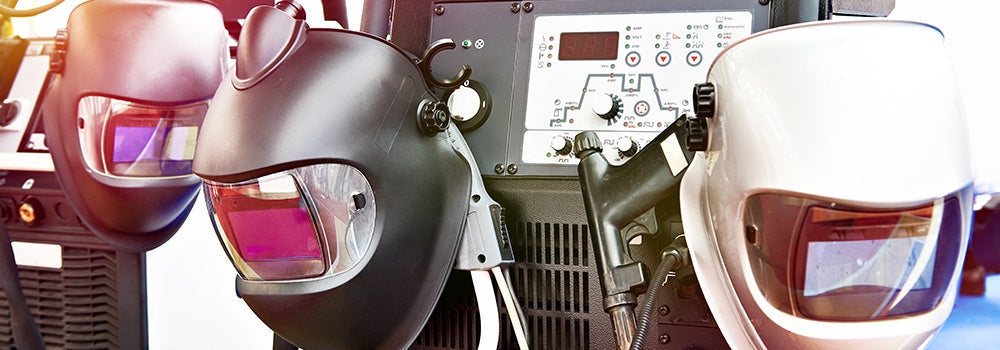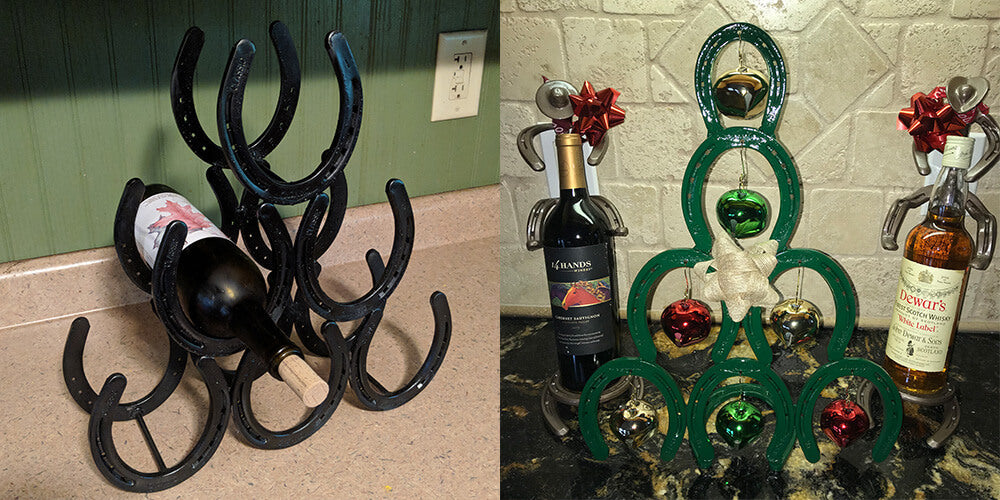Most modern auto-darkening helmets feel as if you’re welding with night vision goggles. Like you’re James Bond on an important mission to pipe weld the world. It doesn’t make any sense. Most auto-darkening screens are purple on the front, so why does everything appear greenish yellow when you look through them?
The purple coloring on the front of the lens is actually a filter to block both UV and IR rays. These are the most harmful light waves of a welding flash, the ones that’ll really scorch your peepers if you’re not careful. But until recently, cutting out UV and IR rays wasn’t an exact science. The boundaries of where UR and IR light ends and visible light begin are difficult to judge. In order to ensure your eyeballs are covered, most filters extend their protection beyond the edges of UR and IR light. This means they begin blocking visible light, blue on one side and purple on the other. What isn’t removed at all is the greenish yellow light. The whole process is significantly more complicated than that, but that’s what’s happening in a nutshell.

The issue is that your eyes weren’t designed to only see green. 200,000 years of evolution in a world full of color means our motor skills don’t work well when they’re only seeing a limited number of hues. It’s difficult to recognize small changes in your weld pool and often your depth perception can feel a little off. Your eyes have to strain significantly more to understand what you’re looking at when you don’t have colors to help clarify different objects. This causes fatigue. At the end of the day, it can feel like your eyes just ran a marathon.
This means that welding companies have a serious opportunity to improve on auto-darkening helmets. And they have been.
The most ground-breaking advancement has been ClearLight lenses, which allow you to see more colors while still protecting your eyeballs from harmful rays. It’s a pretty noticeable difference, especially when you’re spending all day under a hood.

The increased clarity and contrast makes it possible to notice small changes in your pool, allowing you to have better control over your welds. It also helps prevent eye fatigue, meaning you can weld for longer without feeling run down.
While Miller was one of the first to achieve this level of clarity, other brands have created their own competing versions of ClearLight technology. So if you bleed Lincoln red, they have their impressive 4C lenses, while Optrel has their Crystal Lens Technology.





